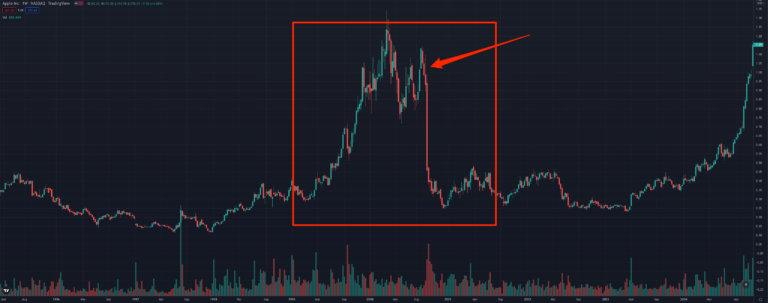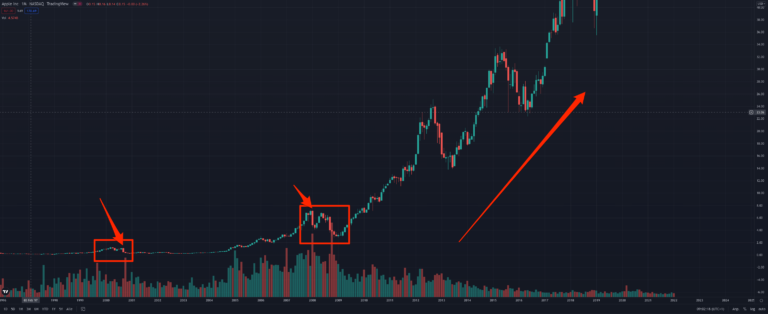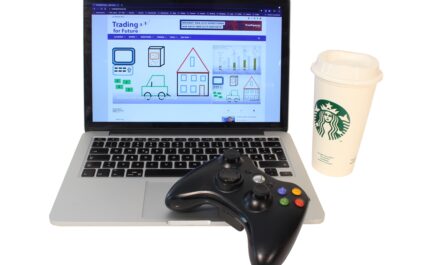In recent weeks, the stock markets have again been somewhat turbulent. In some cases, the major indices slumped by almost 4% within a single day, only to close with a small gain shortly before the close of trading. The markets were extremely volatile, which again brought crash prophets onto the scene here and there and awakened fear among investors.
A crash occurs primarily when the price level suddenly drops unexpectedly, panic spreads and there is further selling and thus an intensifying sell-off. As a rule, a short-term price loss of around 20% is referred to as a crash. The major leading indices are still a long way from this, but we are already about 10% below the previous highs from last year, which means that we can definitely speak of a correction.
However, those who are broadly diversified and have invested their money in economically strong companies over the long term do not really have much to fear. Although there can always be sharp sell-offs of up to 60% in some cases, such investments have always recovered in the past and climbed to new highs. One example of this is Apple, a company that is now one of the most valuable listed corporations with a market capitalization of around USD 3 trillion.
Severe corrections are normal
In the past, Apple investors experienced a real roller coaster ride. In September 2000, for example, the stock lost more than 50% of its value within a month. At that time, the share price plummeted from just over 1 US dollar to 45 US cents. In 2008, it fell from around 6 US dollars to around 2.80 US dollars, and in 2018 from just over 60 US dollars to 35 US dollars. These were all severe corrections. But those who believed in their investment and never sold their position were rewarded in the end.
There will always be stronger price fluctuations and setbacks up to stock market crashes. If you get cold feet in such times, you should simply zoom out of the chart and switch to higher time units. Then the supposed price fall probably no longer looks quite so bad and the share, or the ETF are still in an upward trend. As a private investor who provides for old age on his own responsibility, you have to think long-term. Short-term fluctuations are out of place!
A crash can ignite the yield turbo
In addition, in the event of a crash, the yield turbo can be ignited if you persistently continue to execute your savings plans or even take additional money in hand to diligently buy more. Of course, this only works if you have bought the appropriate products and companies and have done your homework as an investor beforehand.
Statistics show that a crash as early as possible in the savings phase leads to a higher final wealth than a crash at a later point in time. At the beginning of the investor’s career, not so much money is invested yet. The situation is different in the withdrawal phase: Here, if possible, a crash should only occur at the end, because a lot of money is invested at the beginning in comparison, which steadily decreases towards the end due to withdrawals. As you can see: A crash is nothing unusual and can even be helpful at the end.
Therefore, in case of doubt: Zoom out!
Keyfacts
- Price fluctuations are normal
- Crashes will always occur
- they can be helpful in asset accumulation
- earlier setbacks look less bad over time








